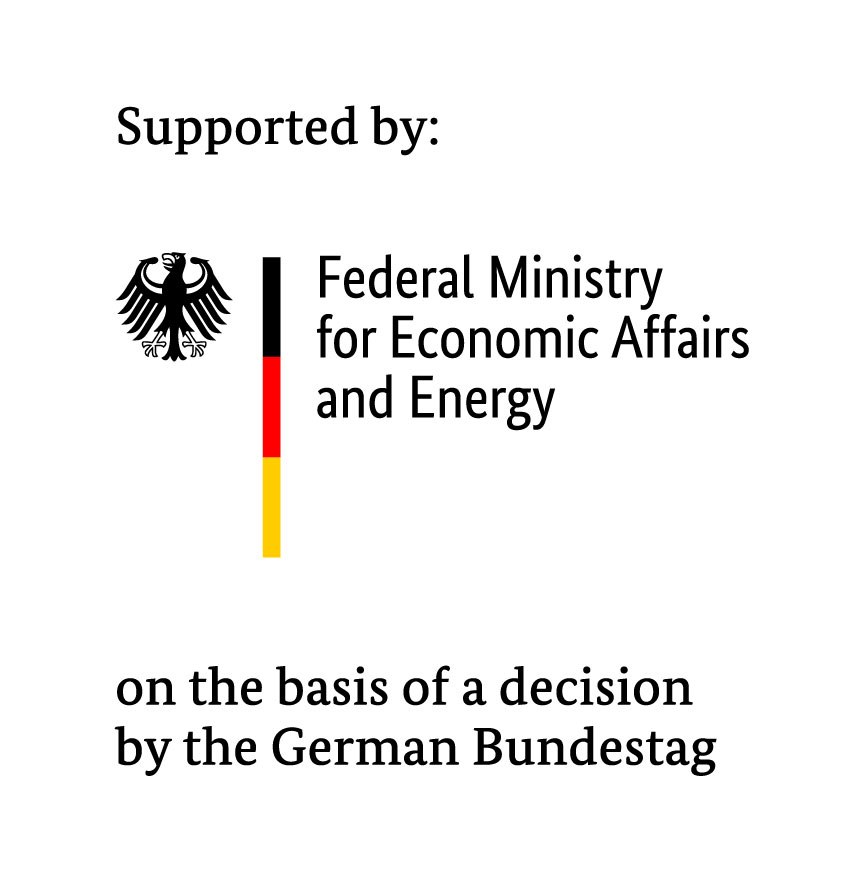Cross-network planning instrument open_eGo
The freely available planning tool open_eGo supports the economically optimised design of the grid infrastructure for future loads at all voltage levels.
A grid planning tool that works across different voltage levels to determine the optimal network and storage development in Germany, integrated in an OpenEnergy platform.

BMWE
Do we need more storage systems or more pipelines in order to secure stable energy supplies now and in the future? – Answers to this question are becoming more and more pressing given the increasing share of renewable energies in electricity supply. The research project open_eGo provides a freely available planning tool in order to optimally design the grid infrastructure for future loads at all voltage levels from an economic standpoint.
Research project open_eGo | |
|---|---|
Duration | April 2015 until October 2018 |
Funded by | Federal Ministry of Econonomic Affairs and Energy |
Project Participants |
|
At least one-third of the electricity consumed in Germany is already produced from renewable sources. This share will continue to increase over the next few years. There is no disputing that a secure energy supply can only be guaranteed if additional storage and network capacities are also added. Yet which is the better alternative? In order to determine the best options for expanding the grid and storage systems, the research project funded by the Federal Ministry for Economic Affairs and Energy provides a transparent planning tool with a high level of detail.
So far there has been no comprehensive planning for the German power network, which is controlled by more than 800 operators. This research project helps to close the gap and thereby design the energy transition in a more transparent and efficient way. All project-specific data is provided on a specially developed platform that is publicly available. The system analytical approach of open_eGo enables assessments in the energy systems modelling regarding whether plans by network operators also make sense in terms of the national economy, rather than just from the relevant business management point of view.
The approach adopted by the Institute of Networked Energy Systems within the project focuses on the modelling and geo-referenced – i.e. geospatial – data for extra-high and high voltage level involving the 110 kV. Among other items, the model also covers pipelines and electrical substations, production and consumption time series and load flow calculations. Three scenarios are examined: 1.) the status quo with the current power plant capacities, 2.) a share of 70 per cent of renewable energies in the electricity mix and 3.) a supply based entirely on renewables. Two types of storage units are simulated in order to balance out load and production: on the one hand underground hydrogen caverns, which are used as long-term storage technology with respect to appropriate geographic conditions, as well as batteries on the other hand, which act as short-term storage technology. The use of further storage technologies or alternative scenarios can also be simulated with the virtual research platform. In this way, open_eGo helps scientists, companies and government institutions to find strategies for efficient expansion of the grid and storage systems.
